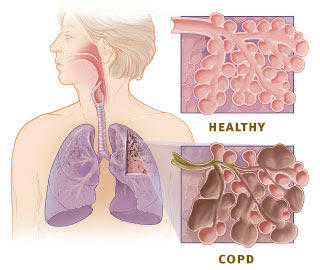Nursing Management of Constipation

Examination begins with inspection of the abdominal area is there any enlargement of the abdomen, stretch or bulge. Further palpation on the surface of the abdomen to assess the strength of the abdominal muscles. Palpation over the faecal mass can be felt in the colon, the presence of a tumor or aneurysm of the aorta. On percussion, among others sought excessive gas gathering, organ enlargement, asietes, or the presence of faecal mass. Auscultation, among others, to listen to the sound of bowel movements, normal or excessive intestinal example on the bridge. Examination of the anal region provide an important clue, for example, is there any hemorrhoids, prolapse, fissures, fistulas, and tumor mass in the anal area can interfere with the process of defecation. Digital rectal examination should be done, among others, to determine the size and condition of the rectum and the amount and consistency of stool. Digital rectal can provide information about: Rectal tone. Sphincter tone and stre...




